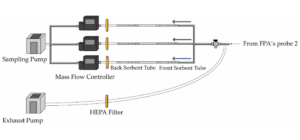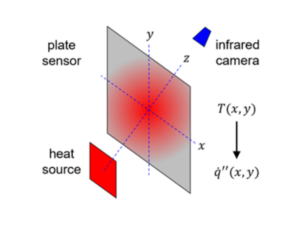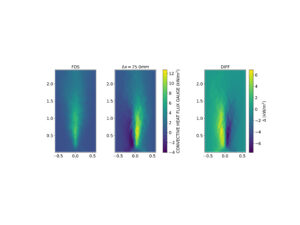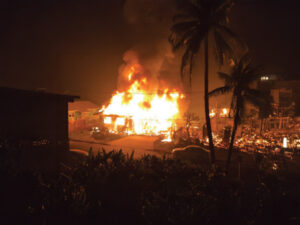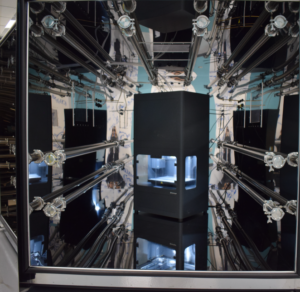Peer‑Reviewed Journal Articles Help Validate Computational Fire Model
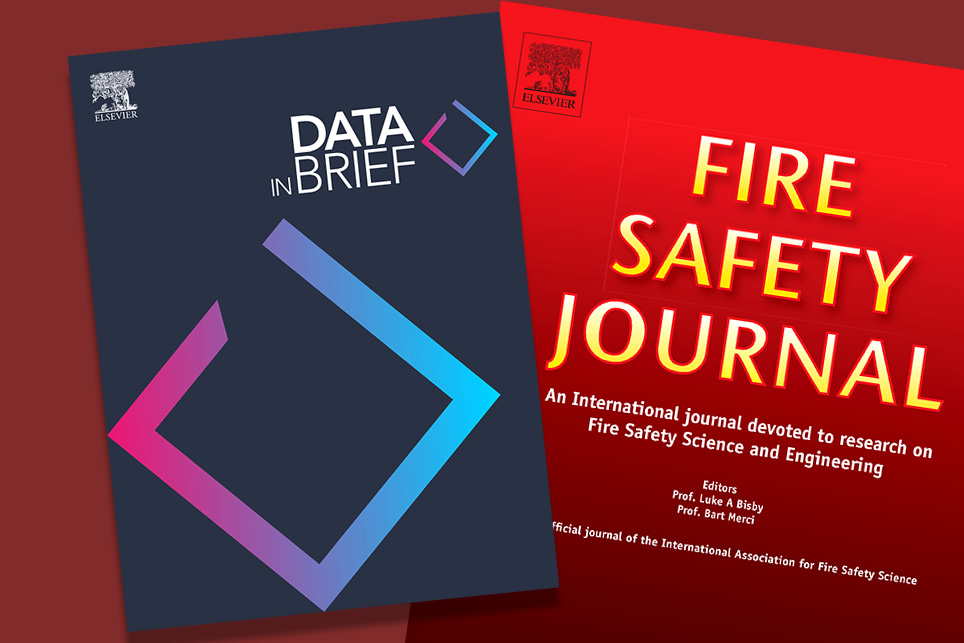
UL’s Fire Safety Research Institute has published articles in two peer-reviewed scientific journals that validate a widely used computational fire model’s predictions of fire behavior in residential single- and two-story buildings.
Written by Fire Safety Research Institute (FSRI) Research Engineers Mark McKinnon and Craig Weinschenk, “Validation of CFD fire model pressure predictions for modern residential style structures” is featured in the December 2021 issue of the Fire Safety Journal. The article “Gas burner experiments conducted in modern residential style structures,” authored by FSRI Director of Research Dan Madrzykowski with FSRI Research Engineers Keith Stakes, McKinnon, and Weinschenk, appears in the December 2021 issue of Data in Brief.
Both articles are part of FSRI’s Impact of Ventilation on Fire Patterns project, a series of experiments focusing on how ventilation affects fire patterns funded by the National Institute of Justice. The articles explore FSRI’s use of the Fire Dynamics Simulator (FDS) computational fire model to predict the environmental conditions generated by gas burner experiments in both ranch and colonial-style structures as ventilation conditions were modified.
“The fire modeling community currently lacks full-scale data from tests conducted in realistic residential-style structures,” McKinnon said. “The data collected in these tests were intended to provide several new validation cases for the fire modeling community.”
FSRI made all of the data collected in the gas burner experiments public in the Data in Brief article to contribute to fire model validation — an important step in the widespread acceptance of fire modeling as a tool for fire scene reconstruction and hypothesis testing.
Learn more about how ventilation impacts fire damage and fire patterns at FSRI’s Fire Investigation Data Portal.
PUBLISHED
